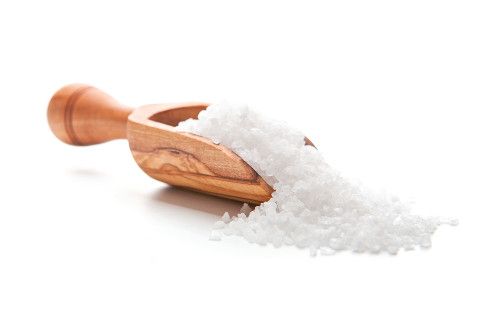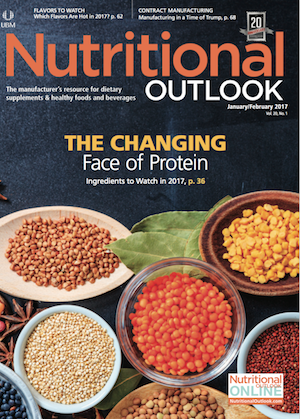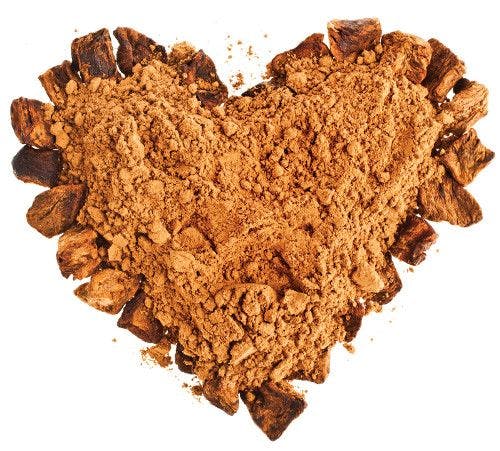Sodium Reduction Strategies in 2017
FDA draft guidance has given the sodium-reduction movement new life, and ingredients old and new are rising to the challenge.
Photo © Shutterstock.com/jocic

Last June, FDA made waves when it released new draft guidance that set voluntary sodium-reduction targets for nearly 150 categories of processed and commercially prepared foods. The targets aim to reduce Americans’ sodium intake from today’s estimated average of 3400 mg/day to 3000 mg/day over the course of two years, and to 2300 mg/day over the course of ten years. While sodium reduction isn’t a new effort, suppliers of sodium-alternative ingredients say the official move by FDA has brought a burst of renewed interest in the category.
“We have seen a substantive increase in product activity within our current customer base, and we have witnessed a surge in proactive engagement by many new firms,” says Brian Boor, president and COO of NuTek Food Science (Omaha). But even with that enthusiasm, there’s still the challenge of selecting the right salt alternative, experts explain ahead.
Is Potassium Chloride Still King?
Potassium chloride has long been top dog in sodium-reduction solutions, due in part to the ease with which it substitutes for sodium chloride (salt), as well as its comparable capabilities as a preservative.
“Potassium chloride commands an overwhelming share of the sodium-reduction marketplace, and as nearly all new technologies for processed and prepared foods are being built upon potassium chloride, it will continue to do so long into the future,” Boor says.
But it’s not the only option out there. Christiane Lippert, head of food marketing for Lycored (Be’er Sheva, Israel), says that while potassium chloride is still a “relevant ingredient,” it can prove challenging at certain levels “due to taste off-notes, to which some consumers are particularly sensitive. It can also add unappealing-sounding chemicals to labels.”
Both of those issues are driving demand for other alternatives, Lippert says. For instance, Lycored’s Sante tomato extract has “come into its own” as a sodium-reduction ingredient in recent years, she explains, with its particularly strong functionality in savory products like soups, sauces, ready meals, and cooked meats. What’s more, it can appear on product labels simply as “tomato concentrate.”
Mediterranean Umami, a line of sodium-reduction solutions from Salt of the Earth (Atlit, Israel) that combines tomato concentrate, mushroom, sea salt, and seaweed extract, is another solution that may appear “cleaner” to consumers than potassium chloride. The firm says it is well suited to a variety of product types and allows for up to 45% sodium reduction.
Other firms are working to cut down on sodium by creating a more effective salt crystal itself, rather than by bringing in alternative ingredients. Take Cargill (Minneapolis), which offers a salt crystal shaped like a hollow pyramid instead of the traditional solid salt cube. Because the pyramid has more surface area compared to the cube, it tricks taste buds into perceiving the same salty taste, when in fact the hollow shape actually allows for about a 30% sodium reduction, Cargill says.
These alternatives aside, there may still be times when only potassium chloride does the job, NuTek’s Boor says, especially in applications like meat products. “Fooling taste buds is one thing,” Boor says. “But circumventing the laws of food chemistry in the areas of functionality and food preservation is quite another.”
NuTek also submitted a citizen’s petition to FDA last June requesting that the agency allow for potassium chloride to be alternately labeled as “potassium salt” on product labels. Campbell Soup and others have come out in support of the petition, which suggests potassium chloride’s chemical-sounding name may be unjustly turning consumers away from the promising salt substitute.
Also read:
Sophisticated Sodium-Reduction Strategies on High at IFT Show
FDA Issues Draft Guidance for Sodium Reduction
New Umamix Bold Ingredient Designed to Replace MSG, Reduce Sodium

Prinova acquires Aplinova to further increase its footprint in Latin America
April 7th 2025Prinova has recently announced the acquisition of Brazilian ingredients distributor Aplinova, which is a provider of specialty ingredients for a range of market segments that include food, beverage, supplements, and personal care.

























